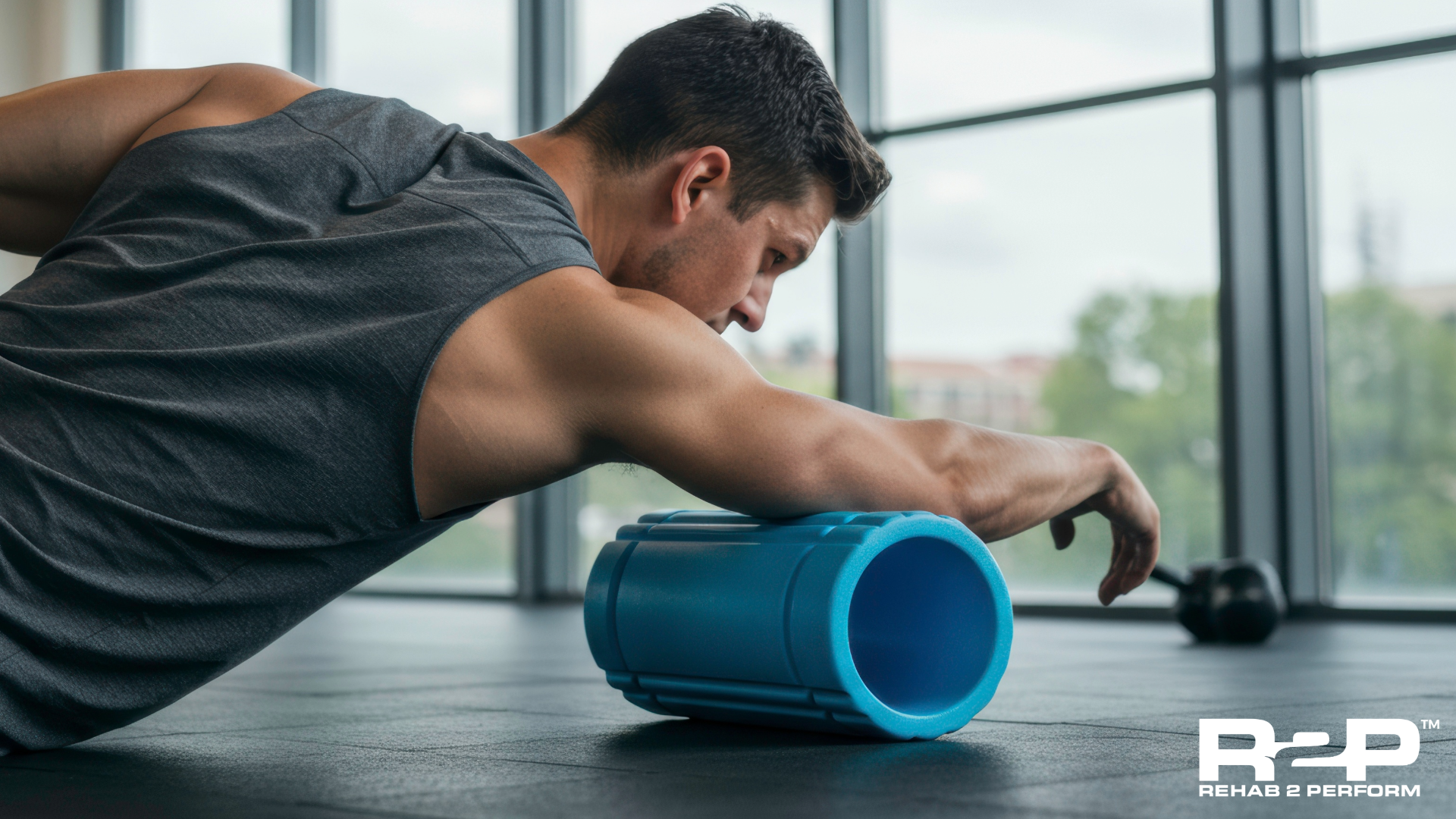Active Recovery Strategies, Not Just Rest

The Secret to Faster Recovery: Active Recovery Strategies for High-Intensity Athletes
By a Physical Therapist Who Trains Hard and Recovers Smarter
If you’re like most high-intensity athletes—whether you’re lifting, sprinting, playing, or competing—you love the training grind. But recovery? That’s where many fall short.
As a physical therapist who also runs and lifts regularly, I’ve seen how the best athletes often make the biggest gains not by training harder—but by recovering better. And the key? Active recovery.
Whether you’re pushing limits in CrossFit, training for a race, or hitting tough strength circuits, your body needs intentional recovery to perform consistently and avoid injury. Let’s break down what active recovery actually is, how it works, and why it should be part of every athlete’s weekly plan.
What Is Active Recovery?
Active recovery refers to low-intensity movement that helps promote circulation, reduce muscle soreness, and facilitate healing between training sessions. Unlike total rest, active recovery keeps the body moving without adding more fatigue to the system.
Instead of staying sedentary, you’re encouraging blood flow, flushing out metabolic waste, and gently stimulating muscle repair—all while giving your nervous system a break.
Why Active Recovery Works
Active recovery for athletes supports the body’s natural recovery process in ways that passive rest alone doesn’t. Here’s how:
- Increases oxygen and nutrient delivery to tired muscles
- Reduces delayed onset muscle soreness (DOMS)
- Helps maintain mobility and joint range of motion
- Improves circulation and lymphatic drainage
- Promotes mental clarity and decreases overall stress
- Prepares the body for the next session without overloading it
And unlike skipping a session entirely, it keeps you in the rhythm of daily movement while still supporting recovery goals.
Best Active Recovery Methods for Athletes
Low-Intensity Cardio
- 20–30 minutes of walking, cycling, swimming, rowing, or light elliptical
- Keep your heart rate low and focus on rhythm and breathing
Mobility and Stretching
- As little as 10 minutes of full-body mobility drills focused on hips, spine, shoulders, and ankles
- Add light static stretches for hip flexors, hamstrings, pecs, and calves to promote flexibility
Soft Tissue Work
- Use foam rollers, massage balls, or recovery tools like percussion guns to target tight areas
- Focus on areas that took the most load during your last training session
Yoga or Flow-Based Movement
- Low-intensity yoga or dynamic flow routines can combine mobility, core engagement, and breathing
- Great for mental relaxation as well as physical recovery
Bodyweight Movement or Stability Work
- Include bird dogs, dead bugs, glute bridges, or controlled isometric holds
- Helps activate stabilizing muscles and reinforce movement patterns without fatigue
Active Rest Days
- Consider one full day each week of active recovery instead of high-load training
- Use it to assess how your body feels, restore movement quality, and mentally reset
Common Mistakes Athletes Make with Recovery
Even seasoned athletes make avoidable mistakes that delay recovery or lead to injury. These include:
- Skipping rest days or ignoring low-grade soreness
- Only using static stretching and not incorporating movement-based mobility
- Overusing recovery tools (like foam rollers) without addressing the cause of tightness
- Going too hard on “recovery” days, turning them into unintentional workouts
- Failing to individualize recovery—what works for one athlete may not work for another
Recovery isn’t about doing less—it’s about doing the right amount at the right time.
How Physical Therapy Fits In
Physical therapy isn’t just for injury rehab. It’s a performance enhancer. Through targeted assessments, we can identify movement inefficiencies, soft tissue restrictions, or strength imbalances that are slowing down your recovery or increasing your injury risk.
As a physical therapist, my job is to help you train smarter—not just harder. That includes building recovery strategies that match your training volume, goals, and body’s needs. If you’re constantly sore, plateauing, or starting to feel rundown, it’s time to take a closer look at your recovery plan.
Ready 2 Recover Smarter?
If your body is giving you signals—tightness that won’t go away, fatigue that doesn’t fade, soreness that lingers—it might be time for a check-in. At Rehab 2 Perform, we offer free injury consults to help athletes understand what their body is telling them.
You don’t need to be in pain to benefit. You just need to be ready to perform—and recover—at your best.
Book Your Consult Today
- Dr. Zach Baker, DPT, SCS, Chief Clinical Officer

About Rehab 2 Perform
Rehab 2 Perform is a leading physical therapy and sports rehabilitation company dedicated to helping clients achieve optimal performance in their daily lives, whether they are athletes, weekend warriors, or individuals recovering from injury. With a team of highly skilled professionals across 11 state-of-the-art locations (soon to be 12), Rehab 2 Perform offers a personalized, evidence-based approach that emphasizes active rehabilitation and functional fitness. Find a Location near you, or Schedule Here.
